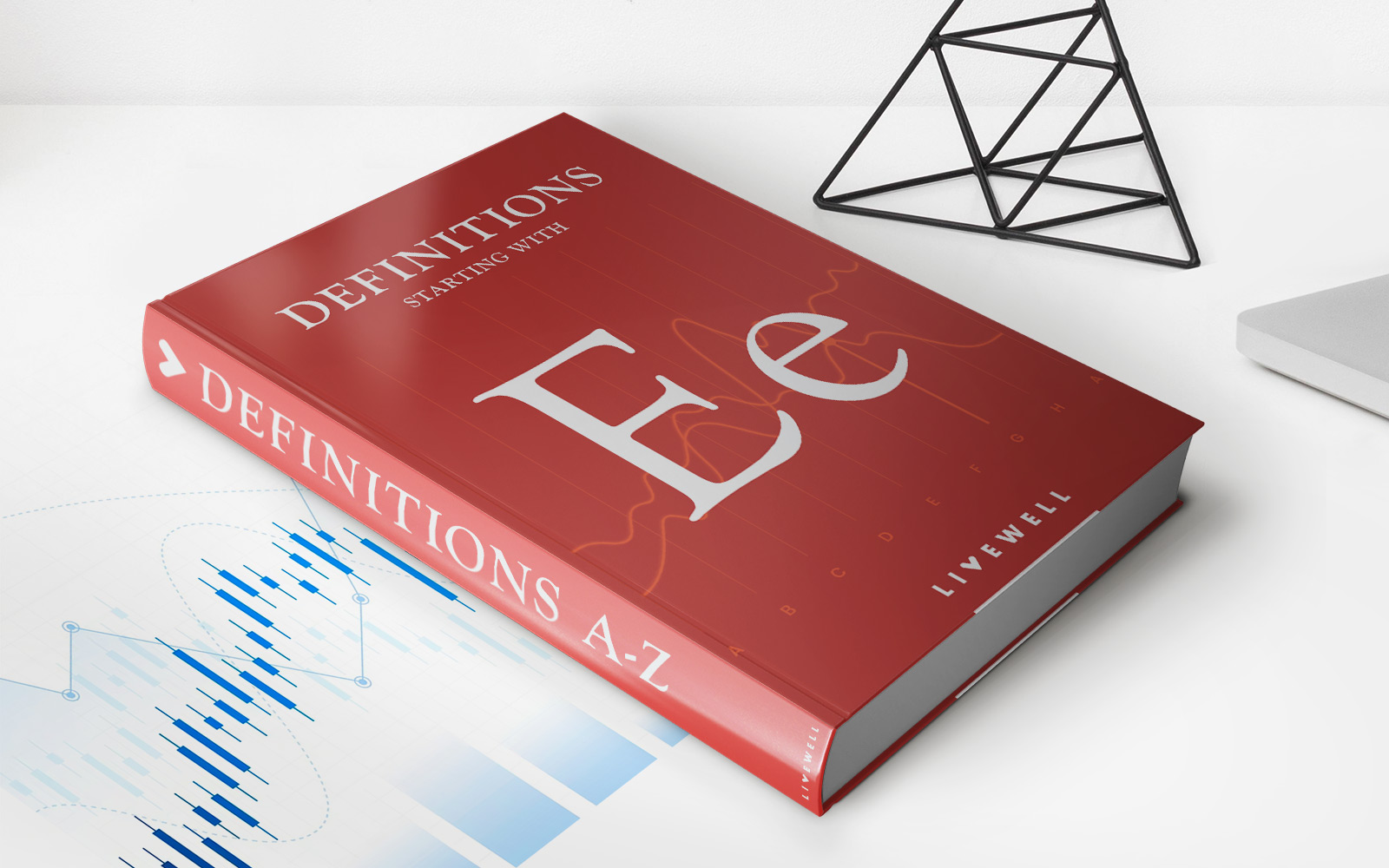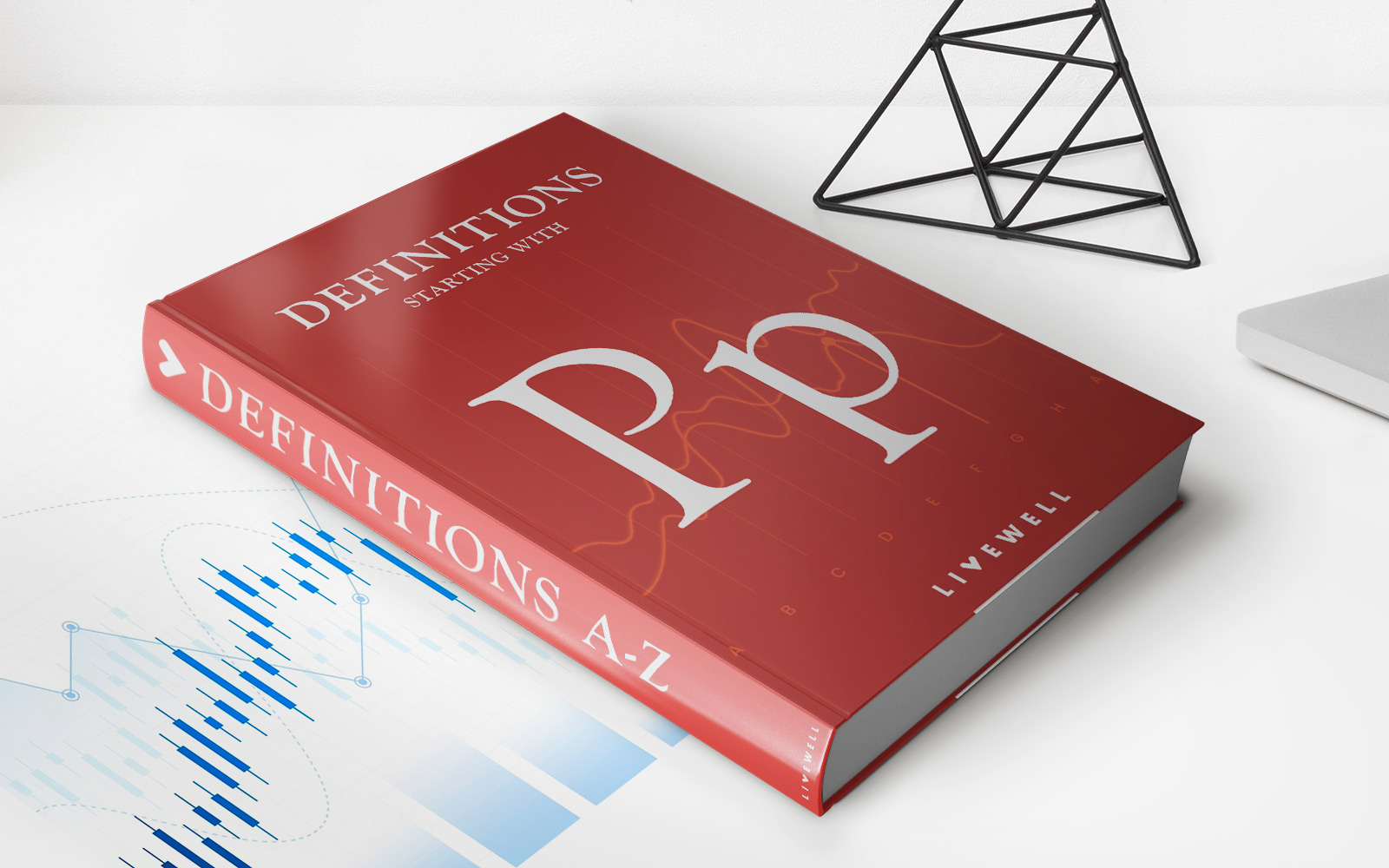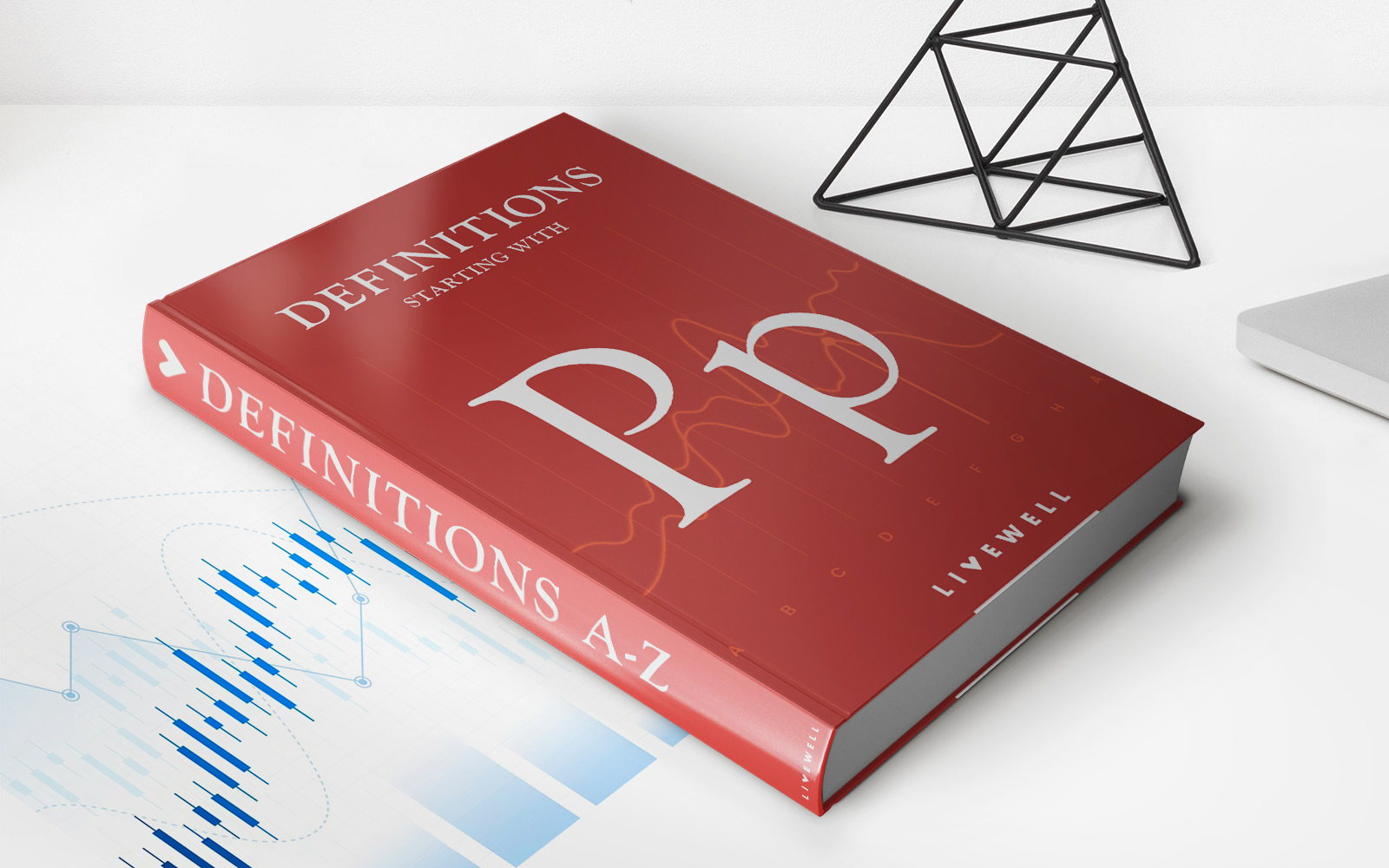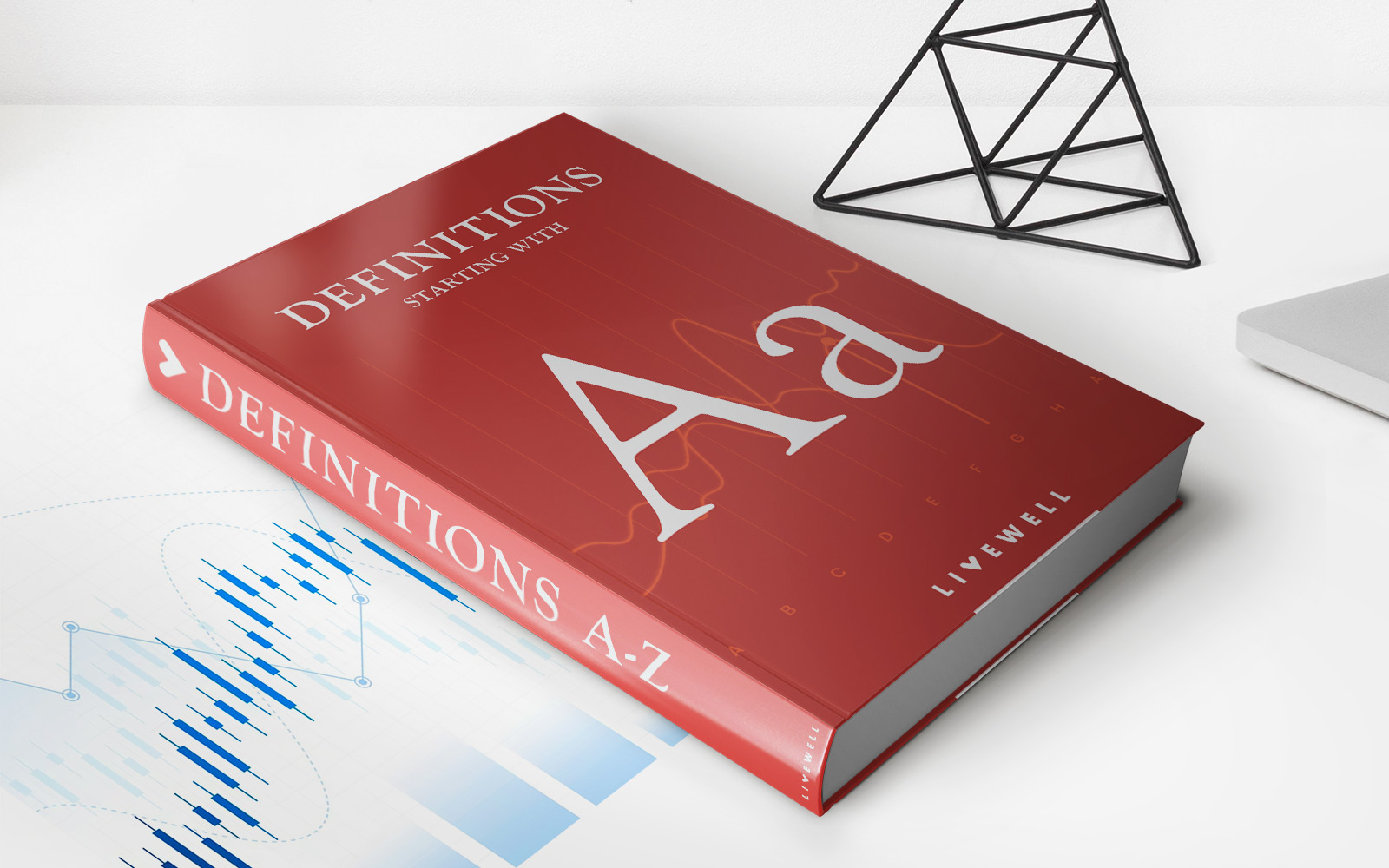Home>Finance>Bargain Purchase: Definition, Examples, Accounting Rules


Finance
Bargain Purchase: Definition, Examples, Accounting Rules
Published: October 14, 2023
Discover the definition, examples, and accounting rules for bargain purchase in finance. Unlock valuable insights into this topic and enhance your financial knowledge.
(Many of the links in this article redirect to a specific reviewed product. Your purchase of these products through affiliate links helps to generate commission for LiveWell, at no extra cost. Learn more)
Bargain Purchase: Definition, Examples, and Accounting Rules
When it comes to finance, there are a multitude of concepts and terms that can be confusing for both professionals and individuals who are just starting to navigate the world of numbers. One such concept is bargain purchase. In this blog post, we will delve into understanding what a bargain purchase is, provide concrete examples, and explore the accounting rules that govern it.
Key Takeaways:
- Bargain purchase refers to a situation where an acquiring company purchases another company’s assets at a price significantly lower than their fair market value.
- This type of purchase is often seen in situations where the purchased company is in financial distress or facing bankruptcy.
What is a Bargain Purchase?
A bargain purchase occurs when one company acquires another company’s assets at a price that is significantly lower than their fair market value. In simpler terms, it’s a situation where you can purchase something for less than its actual worth. It may sound like a dream, but it often occurs in distressed sales or bankruptcy situations. So, why would a company sell its assets at a steep discount? There could be various reasons, including the need for immediate cash infusion or the desire to remove themselves from financial burdens.
Examples of Bargain Purchase
Let’s explore two examples to better understand how a bargain purchase works:
- Company A acquires Company B: Company B is experiencing financial difficulties and is at risk of bankruptcy. Company A, recognizing an opportunity, acquires Company B’s assets for $1 million, even though their fair market value is assessed at $3 million. In this case, Company A has made a bargain purchase and saved $2 million.
- Company C buys assets from Company D: Company D is facing serious financial constraints and is unable to meet its debt obligations. Company C, looking to expand its operations, buys specific assets from Company D for $500,000, even though their fair market value is estimated at $1 million. This transaction also qualifies as a bargain purchase, with Company C enjoying a $500,000 discount.
Accounting Rules for Bargain Purchase
When it comes to accounting for bargain purchases, specific rules are established to properly reflect the transaction in a company’s financial records. The most critical step is determining the actual value of the assets acquired. Here’s a general overview of the accounting treatment:
- The acquiring company should recognize the acquired assets at their fair market value. In the examples provided earlier, Company A would record the assets acquired from Company B at $3 million, and Company C would recognize the assets from Company D at $1 million.
- The acquiring company should then compare the fair market value of the assets to the purchase price. The difference between the two is recognized as a gain on the acquiring company’s financial statements. Using the examples, Company A would record a $2 million gain, and Company C would record a $500,000 gain.
- If the gain is significant, it may be classified as an extraordinary gain in the financial statements, highlighting the exceptional nature of the bargain purchase.
In conclusion, a bargain purchase occurs when a company acquires assets at a price significantly lower than their fair market value. It can be a beneficial opportunity for the acquiring party, allowing them to save money or expand their operations at a discounted price. However, it is important to follow proper accounting rules to reflect the transaction accurately in financial records.
By understanding what a bargain purchase is, providing examples, and reviewing the accounting rules, you now have a solid foundation to navigate this concept in the world of finance.














